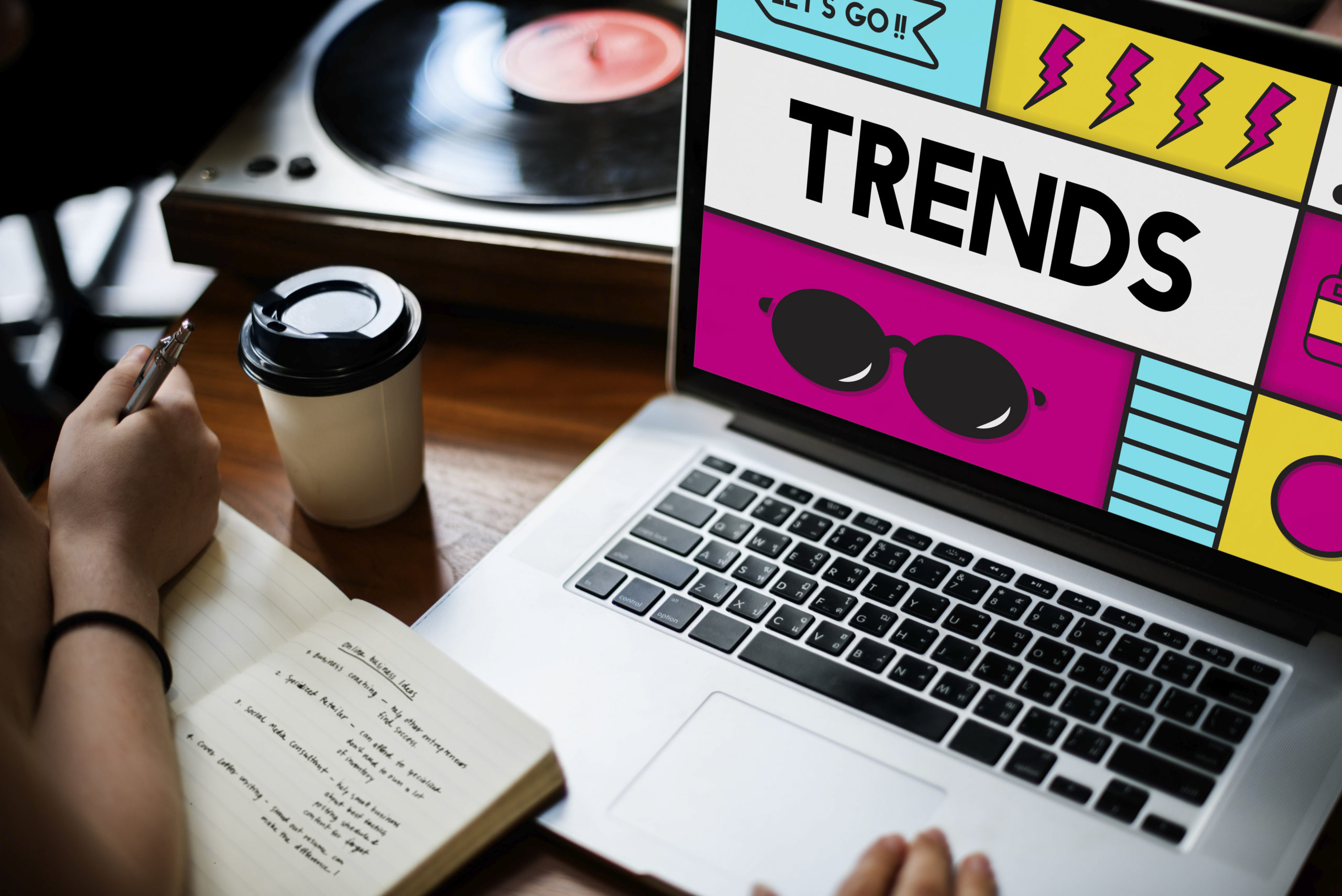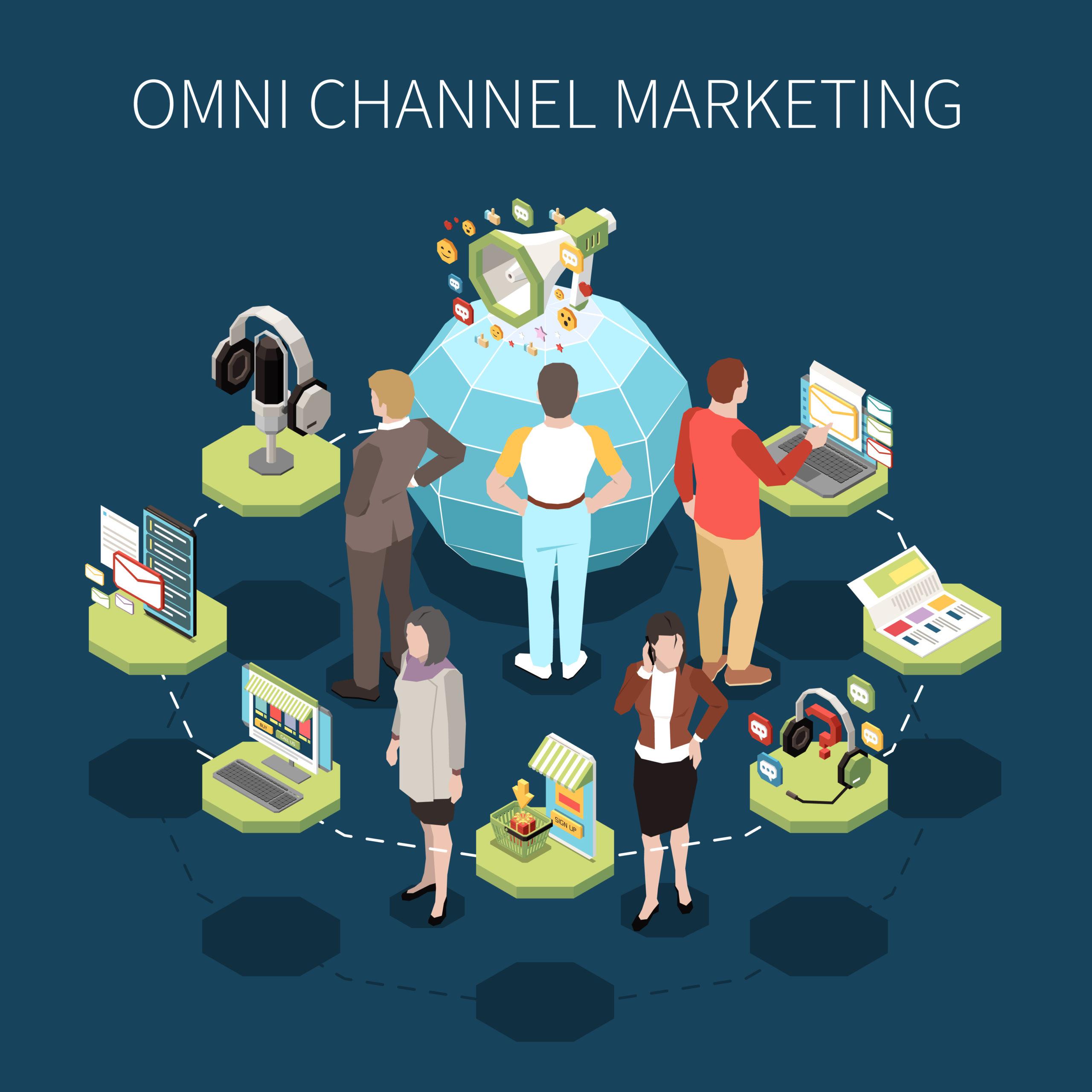Experiential marketing takes the concept of engagement to the next level. It aims to create memorable interactions between brands and consumers. Today, experiential marketing is evolving at a rapid pace. Let us guide you through the latest trends in this innovative field in this article.
Virtual and augmented reality
Virtual and augmented reality technologies are not new, but their application in marketing is breaking new ground. According to Goldman Sachs, the VR and AR market could reach $95 billion by 2025. Top brands like Ikea, L’Oréal, and Nike already leverage these technologies to enhance the customer experience.
For instance, Ikea’s AR app allows users to virtually place furniture in their homes to see how it fits before purchasing. L’Oréal, on the other hand, enables users to virtually try on makeup through an AR app. It makes the customer experience more interactive and solves actual pain points in the buying process.
| Factor | Traditional Marketing | VR/AR Marketing |
|---|---|---|
| Engagement | Medium | High |
| User Interaction | Low | High |
| Cost | Variable | High |
| Realism | Low | Very High |
As you can see, virtual and augmented reality are changing how brands engage with consumers. They offer immersive experiences that not only entertain but also solve problems. These technologies will likely become more integral to marketing strategies in the coming years.
What about sustainability and social responsibility?
Consumer surveys consistently show that younger generations are willing to pay more for sustainable and socially responsible products. For example, according to a Nielsen survey, 73% of millennials are willing to spend more on a product if it comes from a sustainable brand. Companies like Patagonia and Ben & Jerry’s have capitalized on this trend. They make social responsibility part of their brand identity.
Events are also getting greener. Brands now organize eco-friendly events where all promotional materials are recyclable or compostable. Some companies even use these events to promote environmental causes, further cementing their commitment to social responsibility.
Gamification
Gamification is more than just turning things into games. It is about driving engagement and motivation. More than 70% of Forbes Global 2000 companies planned to use gamification for marketing and customer retention as of 2015. Companies like Starbucks use gamification in their reward programs to keep customers returning. In addition, apps like Duolingo make learning a new language fun by turning lessons into games.
The most popular gamification tools in marketing are the following:
- Leaderboards;
- Points systems;
- Virtual badges;
- Challenges and quests.
As you can see, gamification is a powerful marketing tool. It turns ordinary tasks into engaging experiences, which make customers more likely to return. Expect to see even more innovative uses of gamification in marketing as companies seek new ways to keep their customers engaged.
User-generated content
User-generated content provides real-world validation that prospective customers can relate to. A study by TurnTo Networks shows that user-generated content sways the buying choices of 90% of consumers more than other ads do. Marketers use hashtags to get people to share content and to find it more easily. Brands curate this content and feature it on their social media pages to encourage more customer engagement.
Brands like GoPro and Airbnb thrive on user-generated content. For example, GoPro encourages users to share their adventures captured on its cameras. Airbnb lets guests and hosts tell their stories, making the brand experience relatable and authentic.
Conclusion
We assure you that experiential marketing is more than a buzzword. It is a paradigm shift in how brands connect with consumers. The latest trends in experiential marketing offer various ways for brands to create authentic and memorable experiences.
Are you ready to elevate your marketing strategy? Dive into these experiential marketing trends now. Do not just follow the wave, be the wave!



